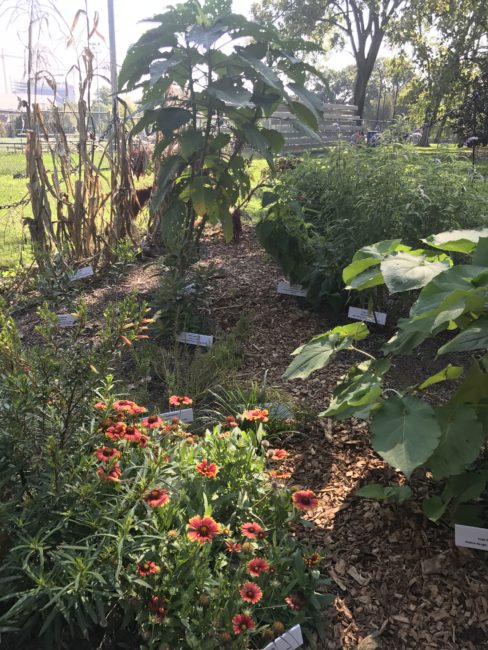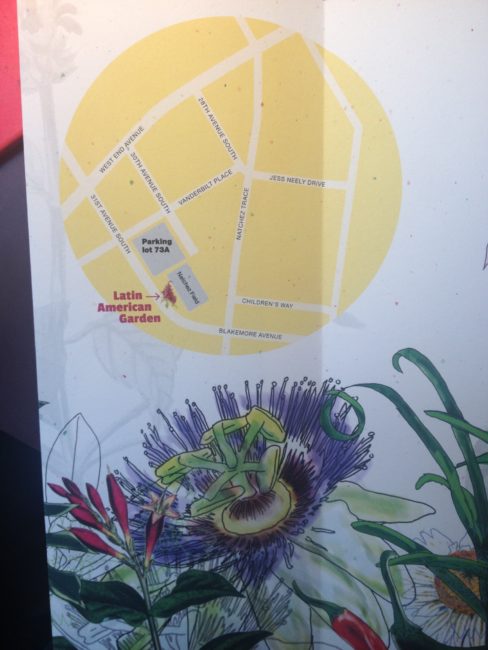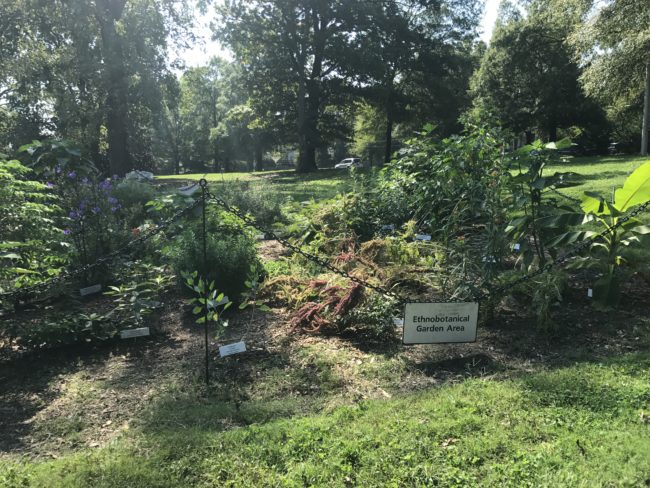Discovering the Latin American Ethnobotanical Garden
It’s off the beaten path, but well worth the trek.
The new Latin American ethnobotanical garden, sponsored by the Vanderbilt Center for Latin American Studies, is like a time machine. Here are 50 species of plants, all except 1 (the banana from Asia) originally from Latin America.
Thanks to a class I am taking this semester, Food in the Ancient World, I was able to stumble upon this unique and amazing project.
Started 20 years ago at UGA (Univ. of Georgia) and brought to VU only a few months ago, the Latin American ethnobotanical garden is a project that aims to connect and educate faculty and students of the university, as well as students of Nashville Metro public schools, about the origins of some of our most popular food crops. For example, when at the garden, you can find plants such as tomatoes, chipotle peppers, corn, pumpkin, black beans, cassava, amaranth, agave, oregano, sage, primrose, and more.

One of the faculty involved with the project will be teaching a Commons seminar this coming spring, in which students will catalogue and form a database of all the plants featured in the garden. She envisions that there will be permanent labels by each plant with a QR code that can be scanned to learn more about the specific plant: its name, origin, uses, etc.
This garden also embodies Vanderbilt’s interdisciplinary ideology, in that although it is mainly a project of the Latin American studies department, it also intersects with other disciplines like anthropology (which is the class I’m in) and plant biology.
How to get there:

Though I did get lost when trying to find the garden, I am so glad my class provided me with this experience. Now that I know it exists, I hope to get more involved and I encourage anyone interested in gardening or history of food to do the same!
